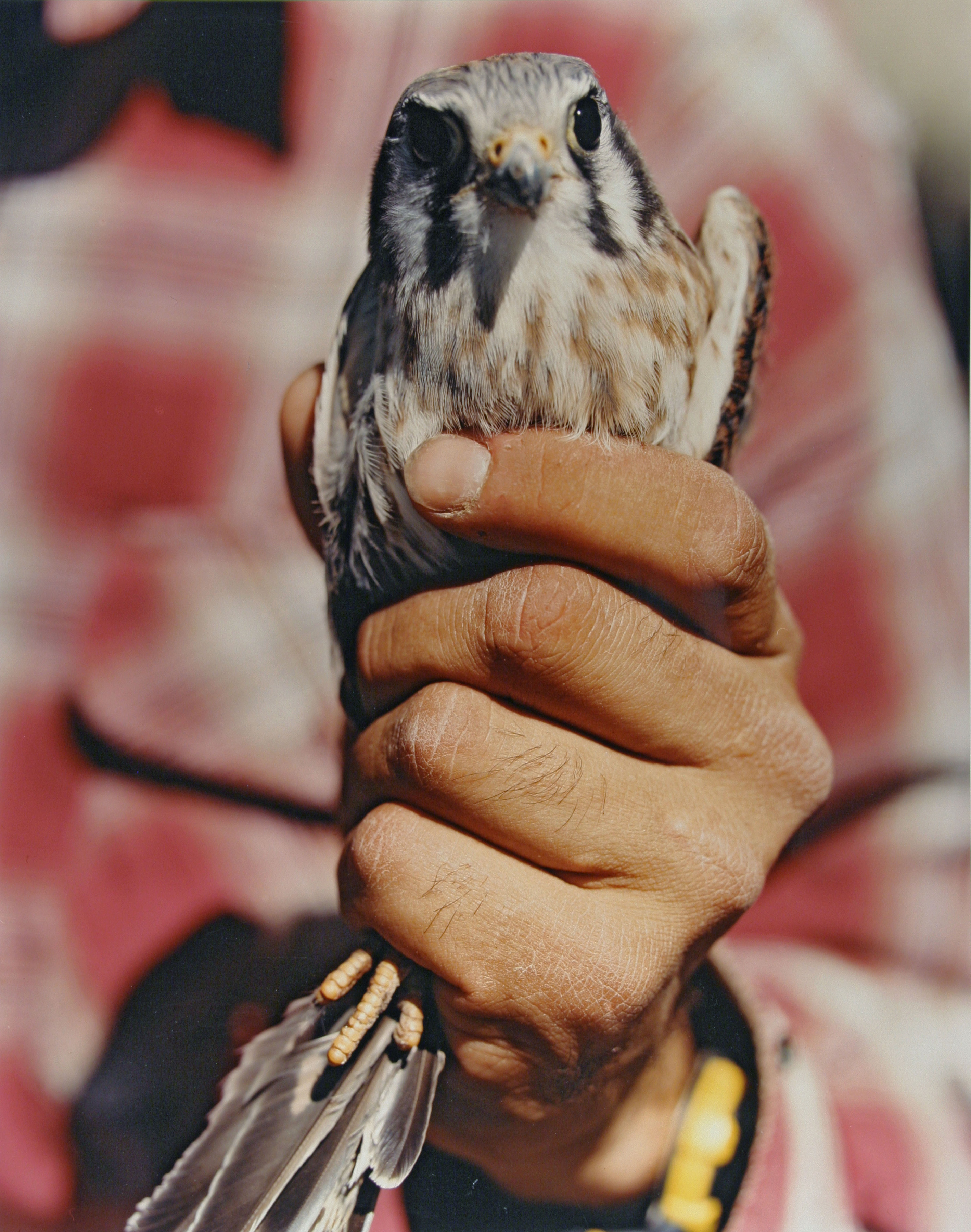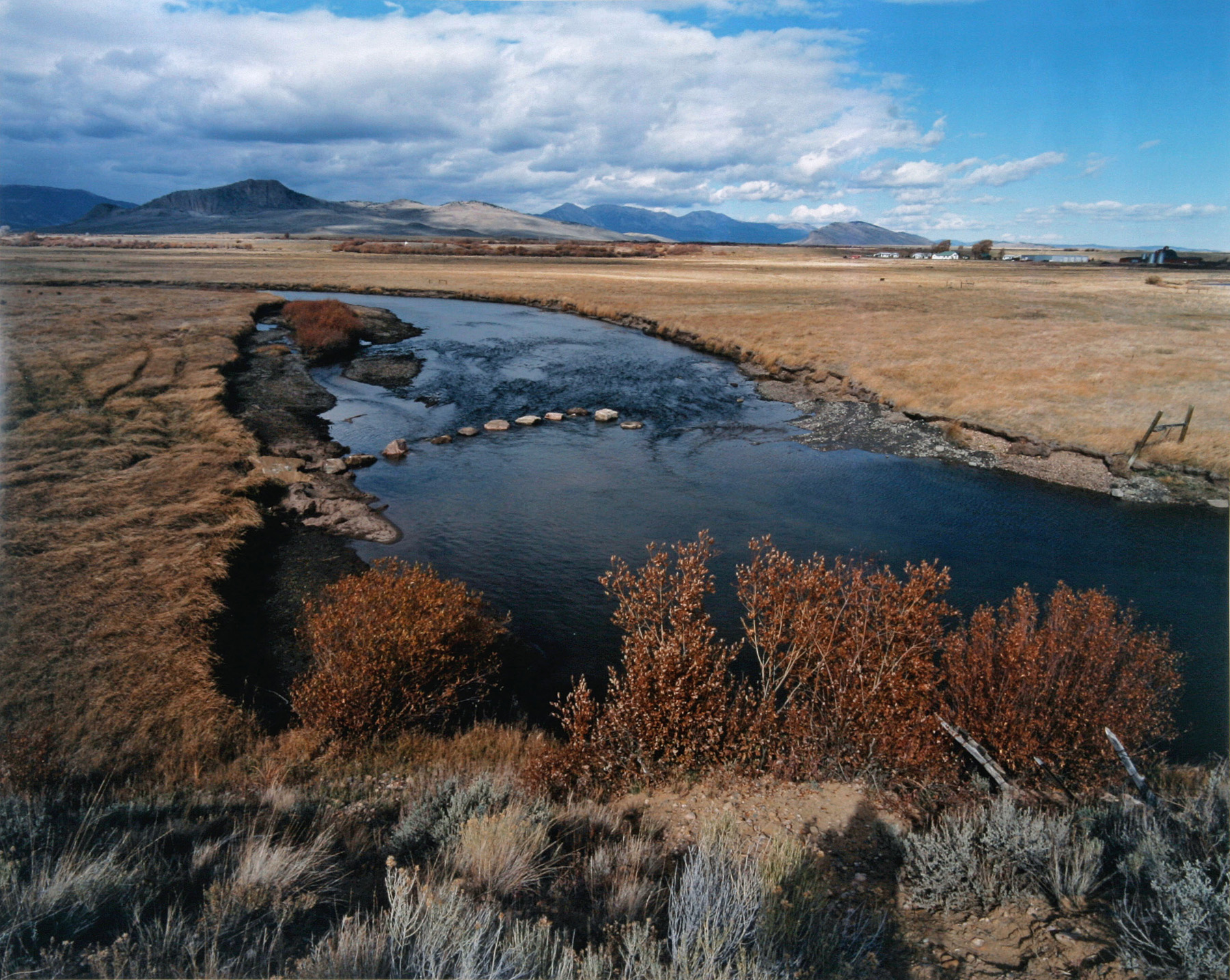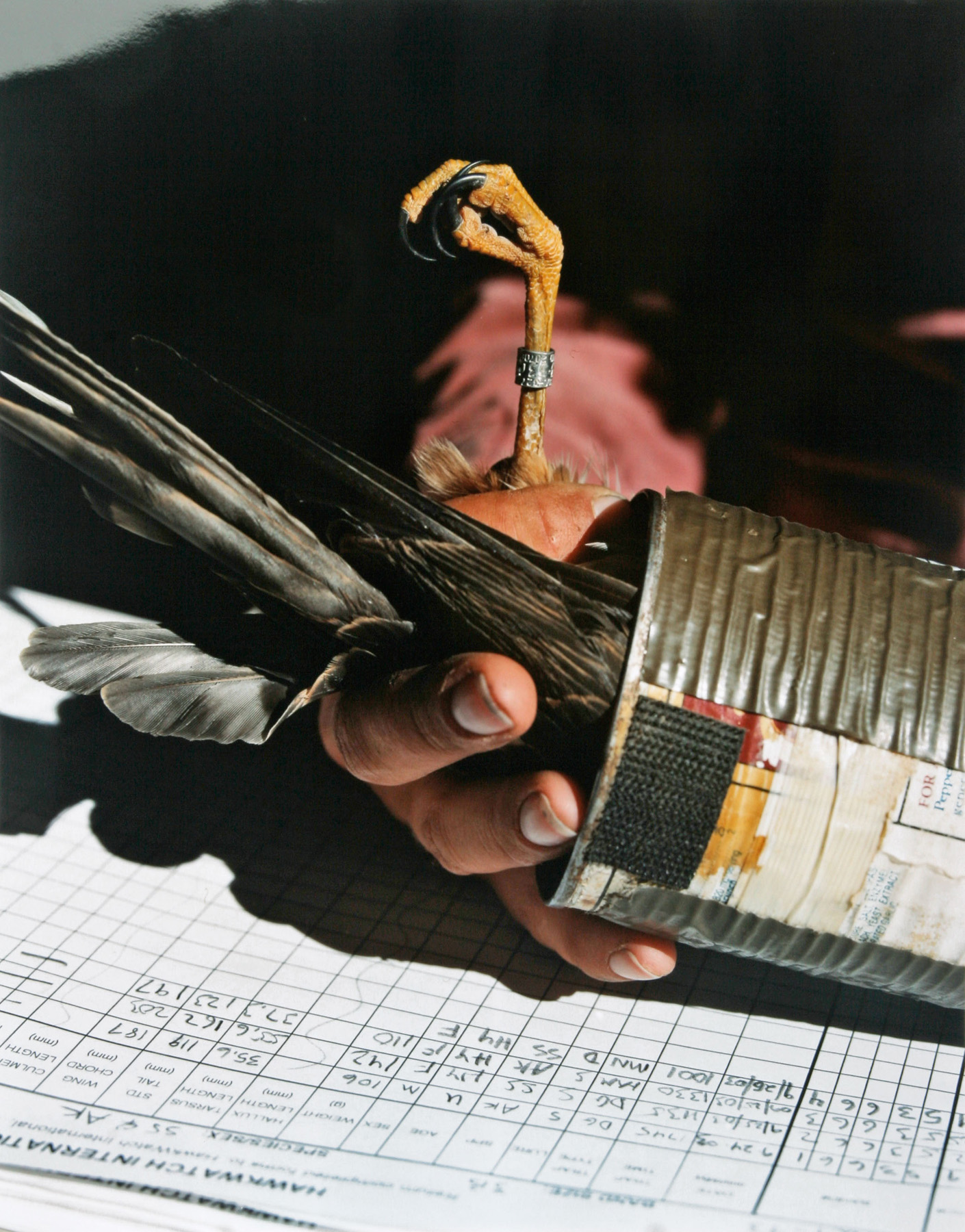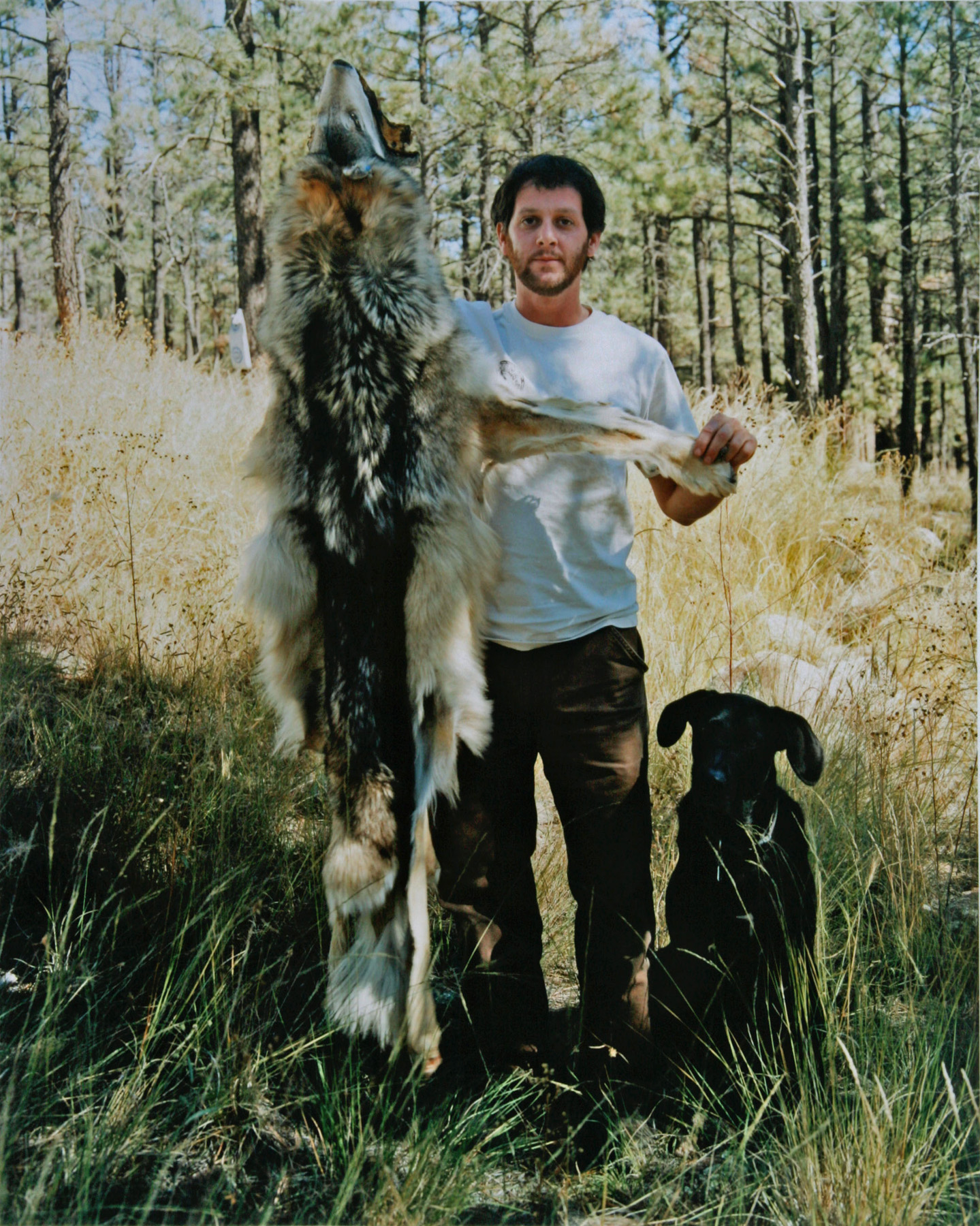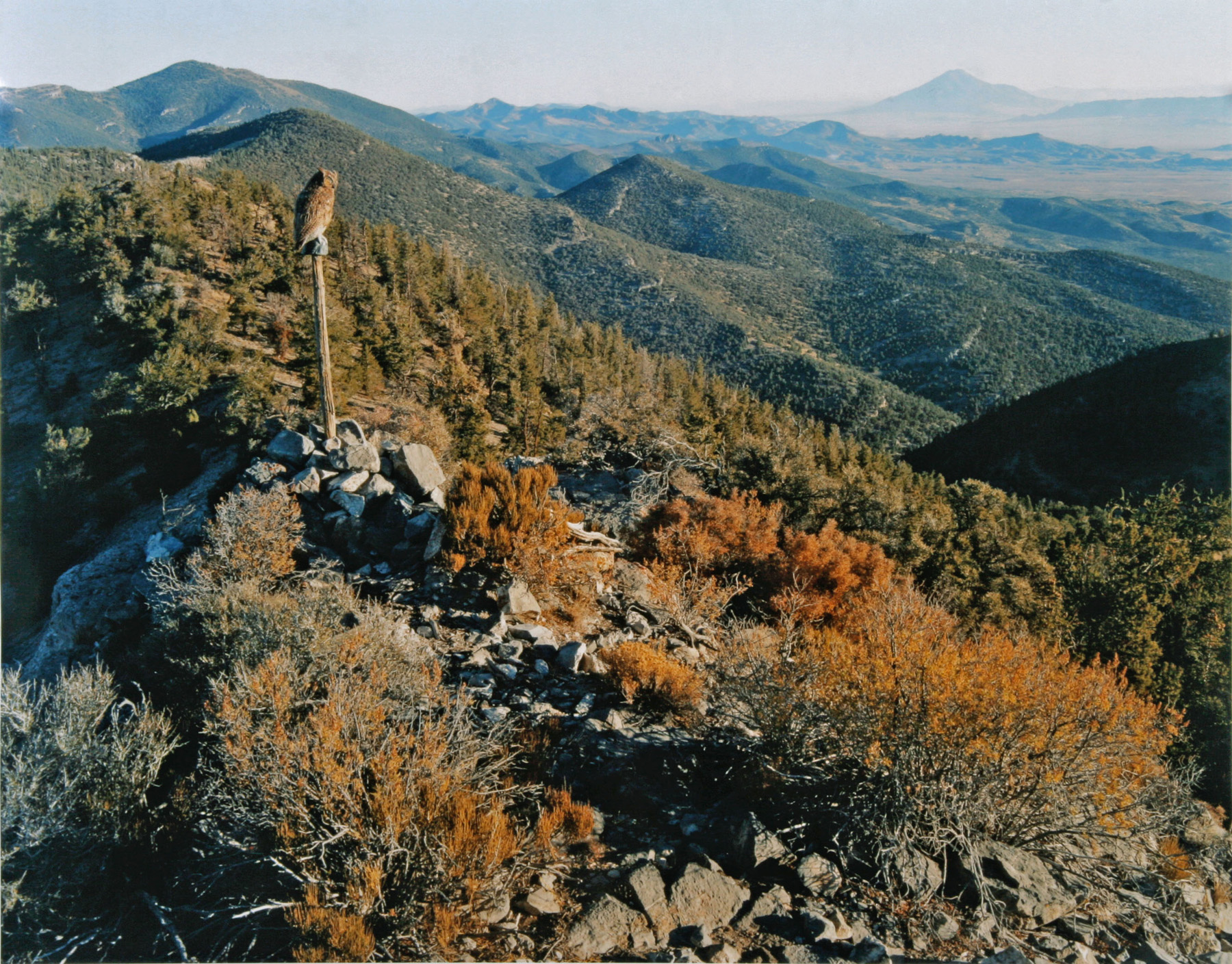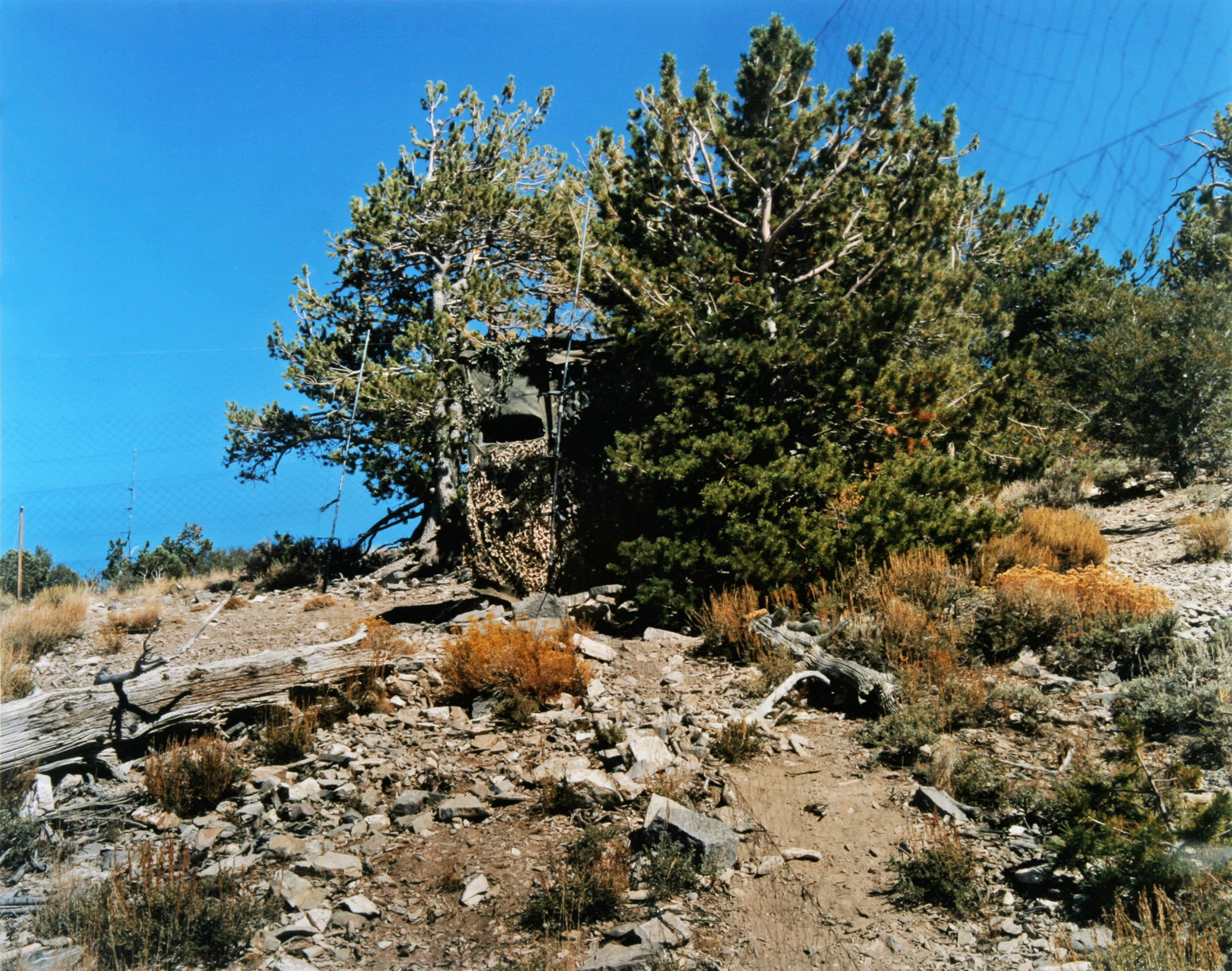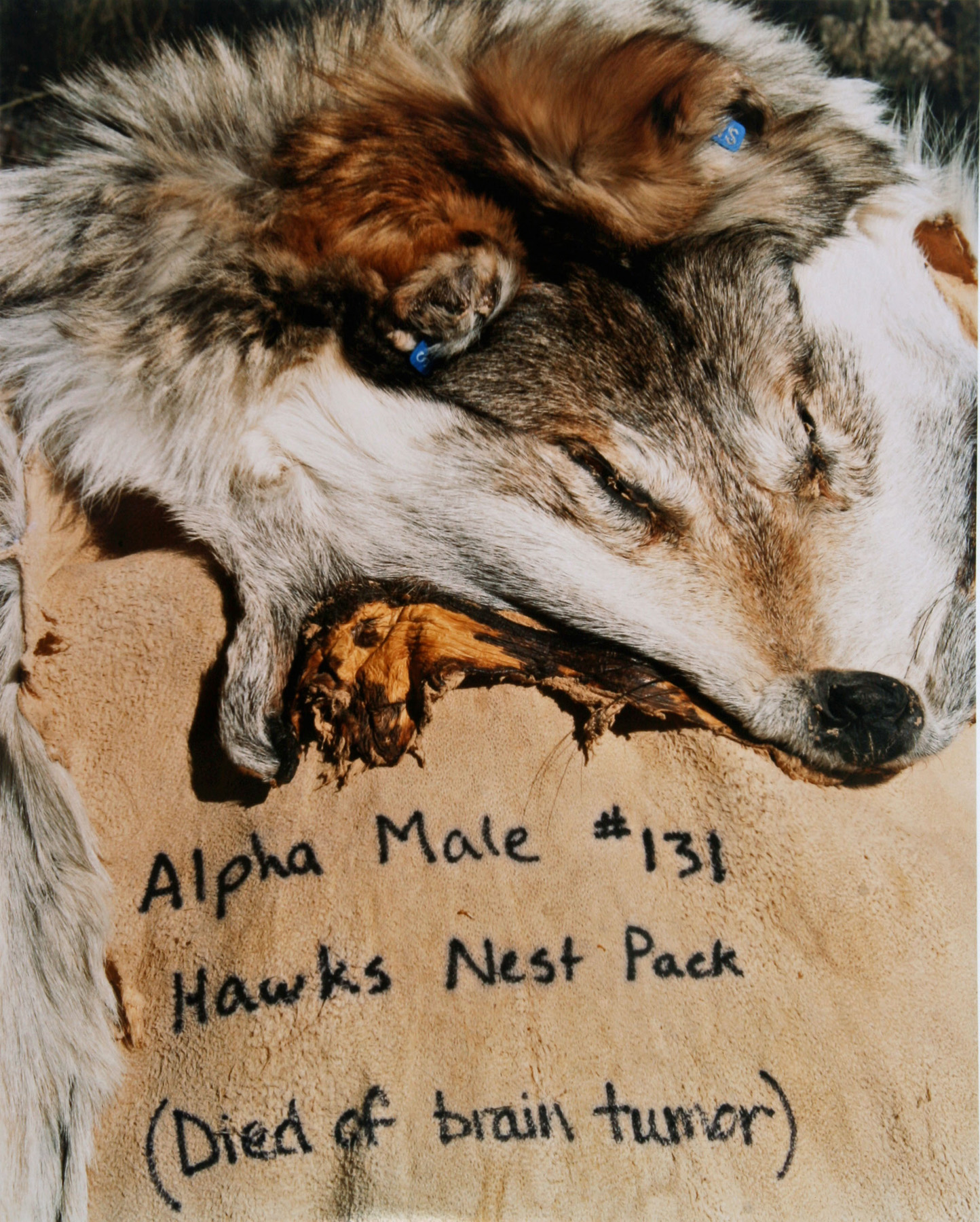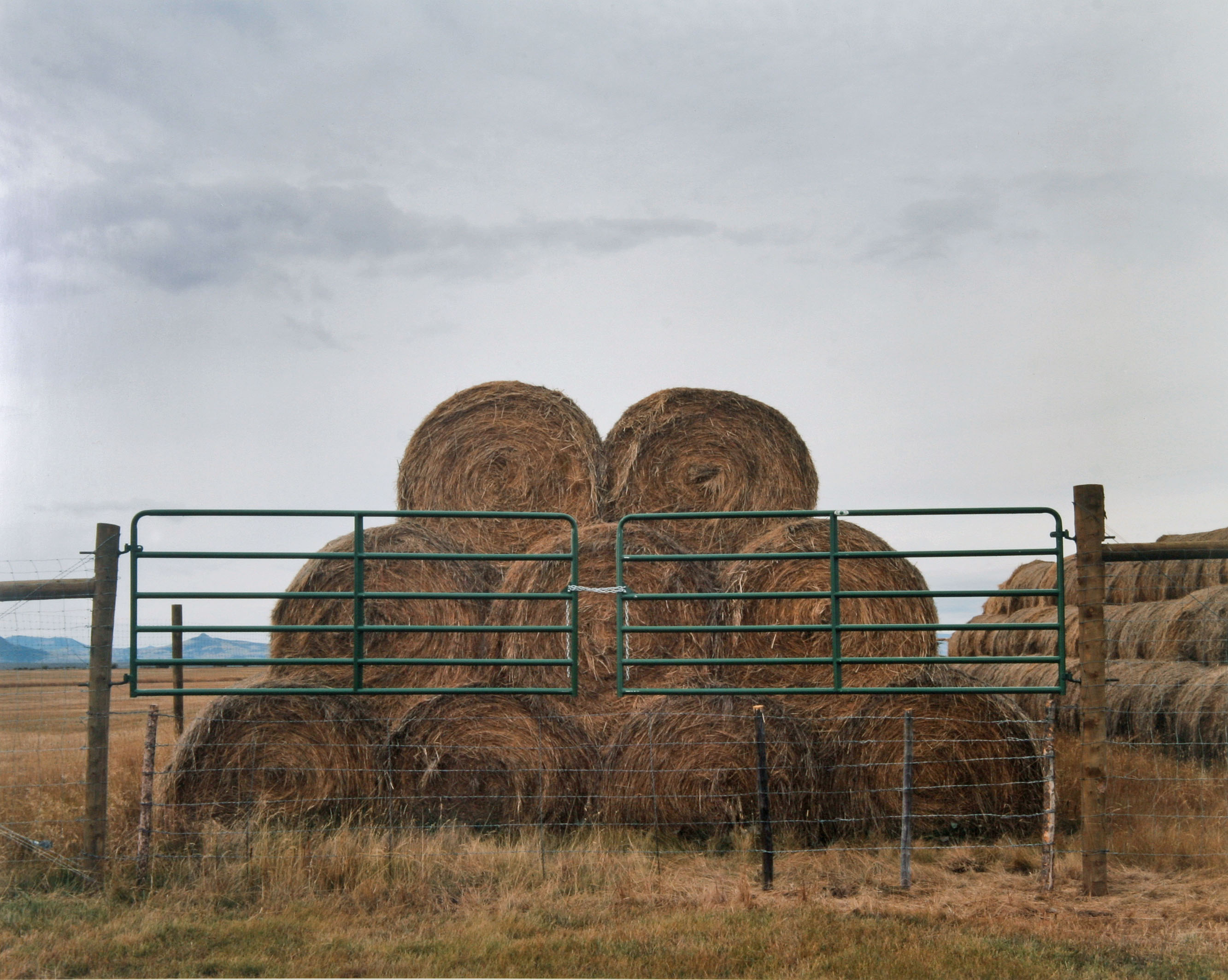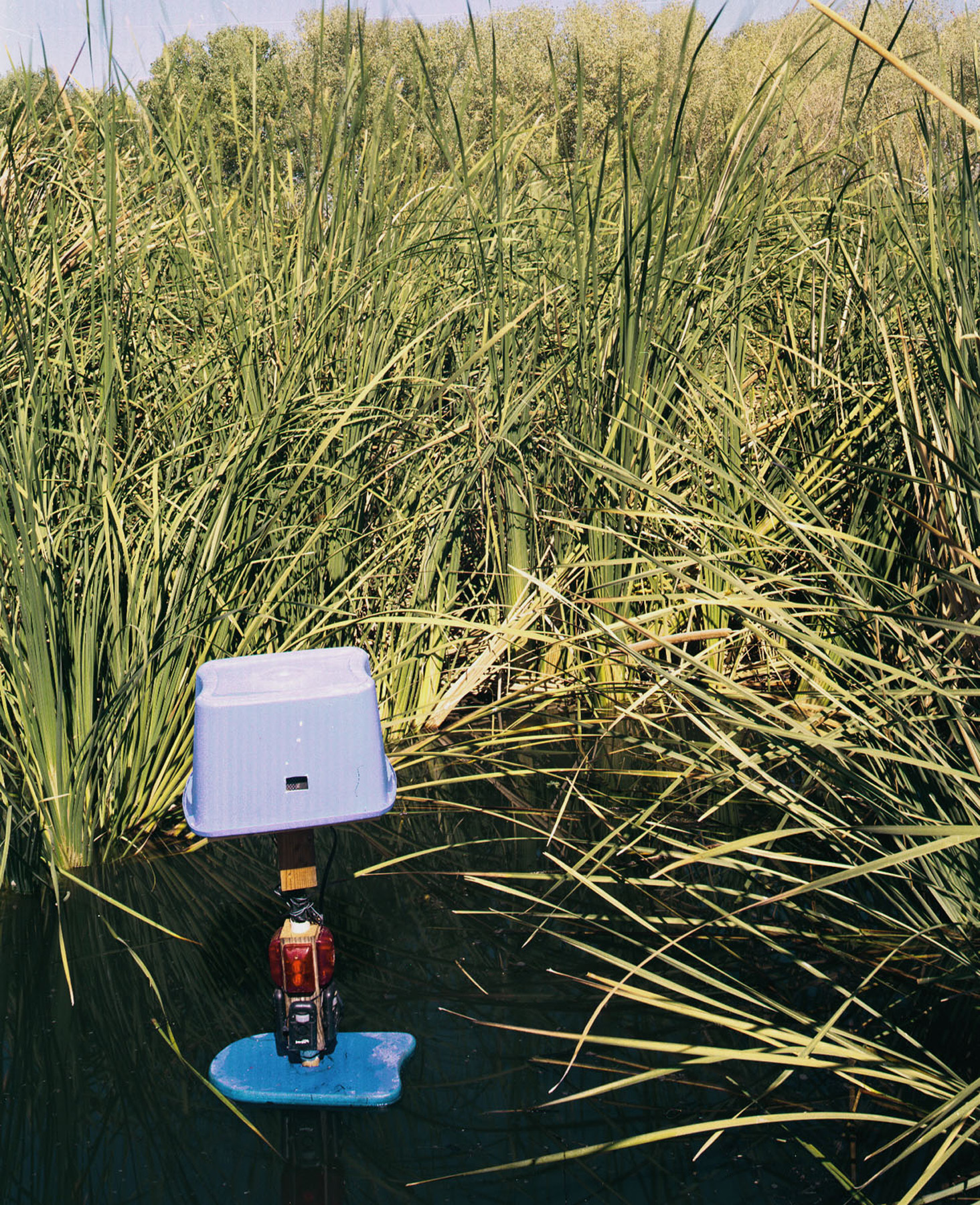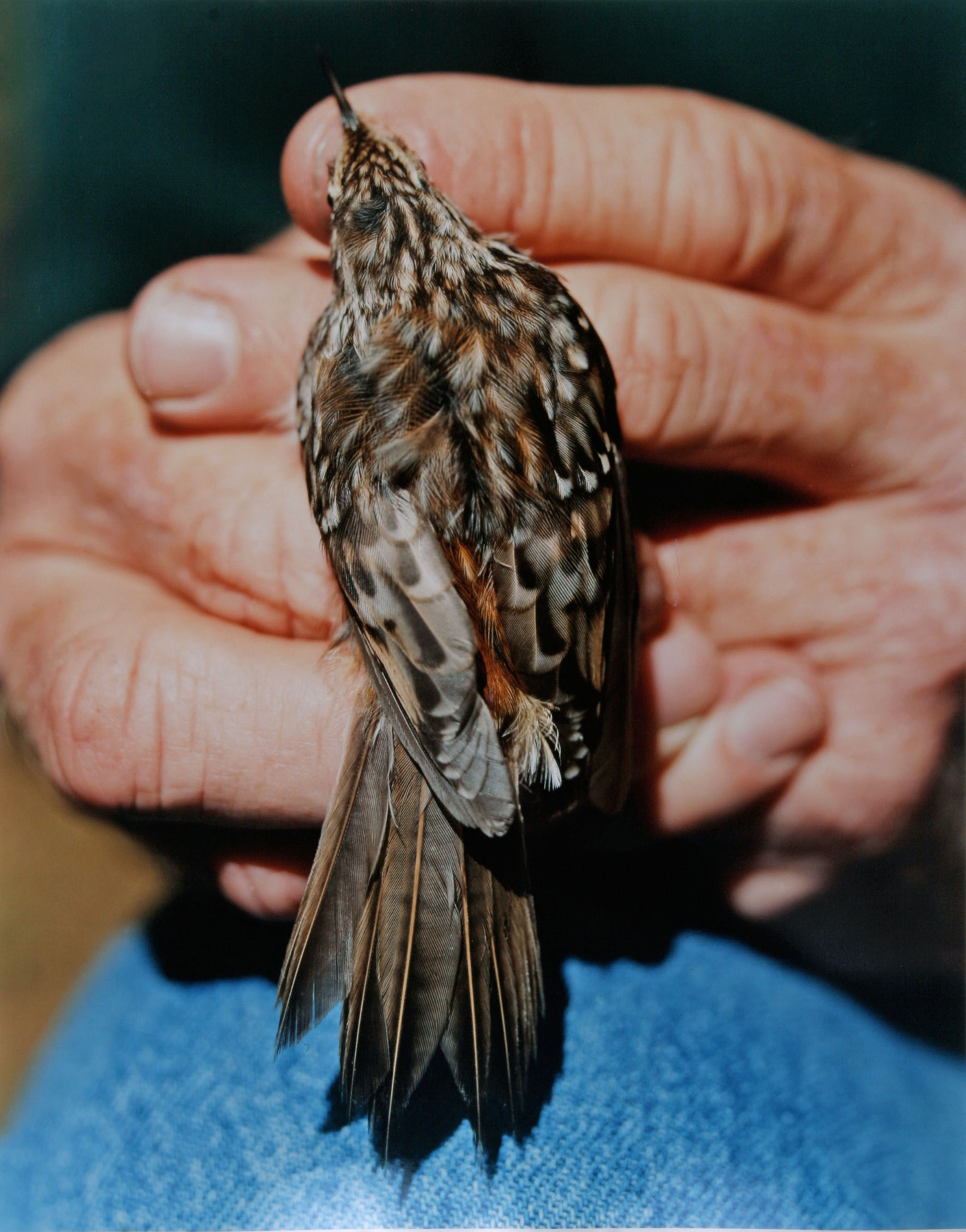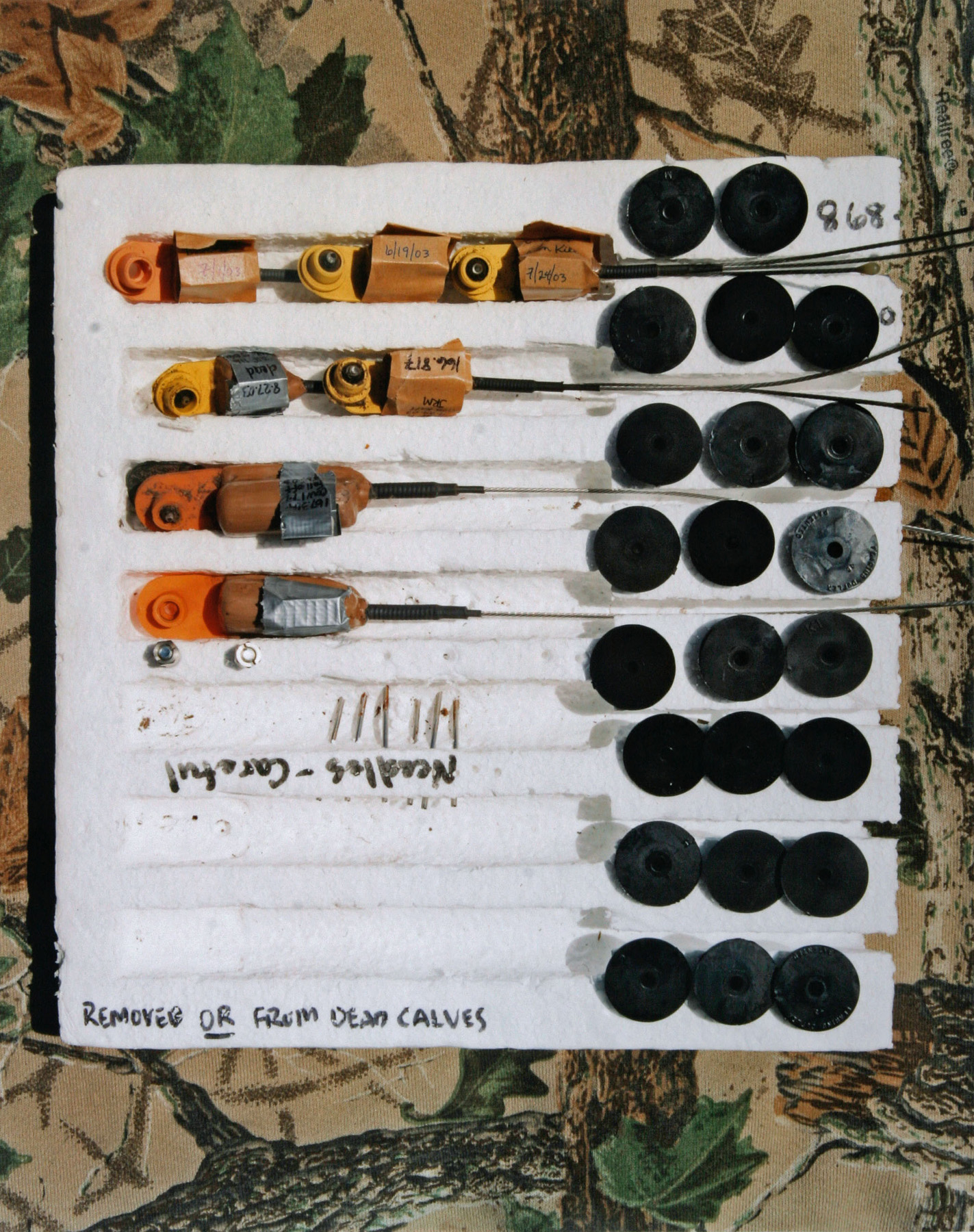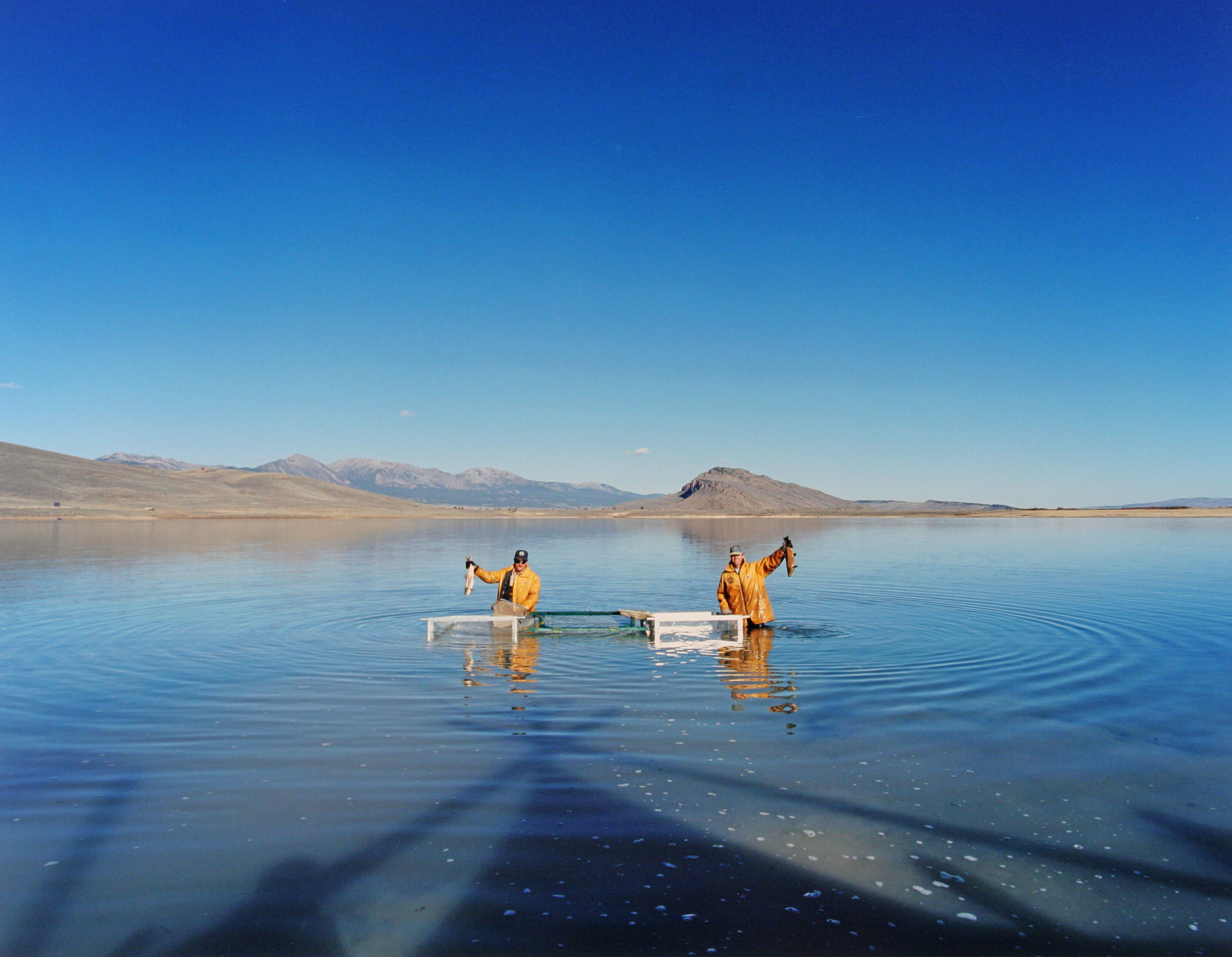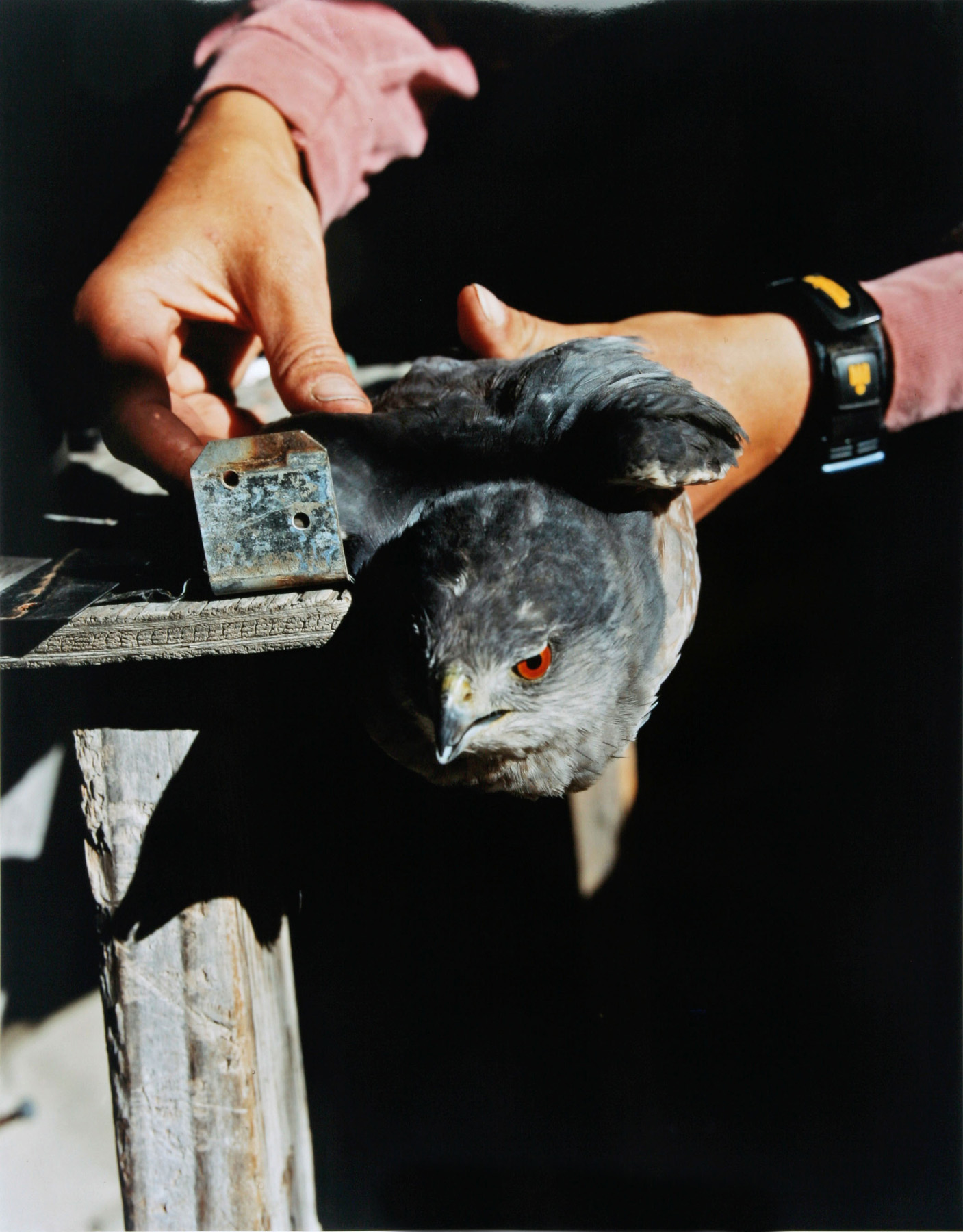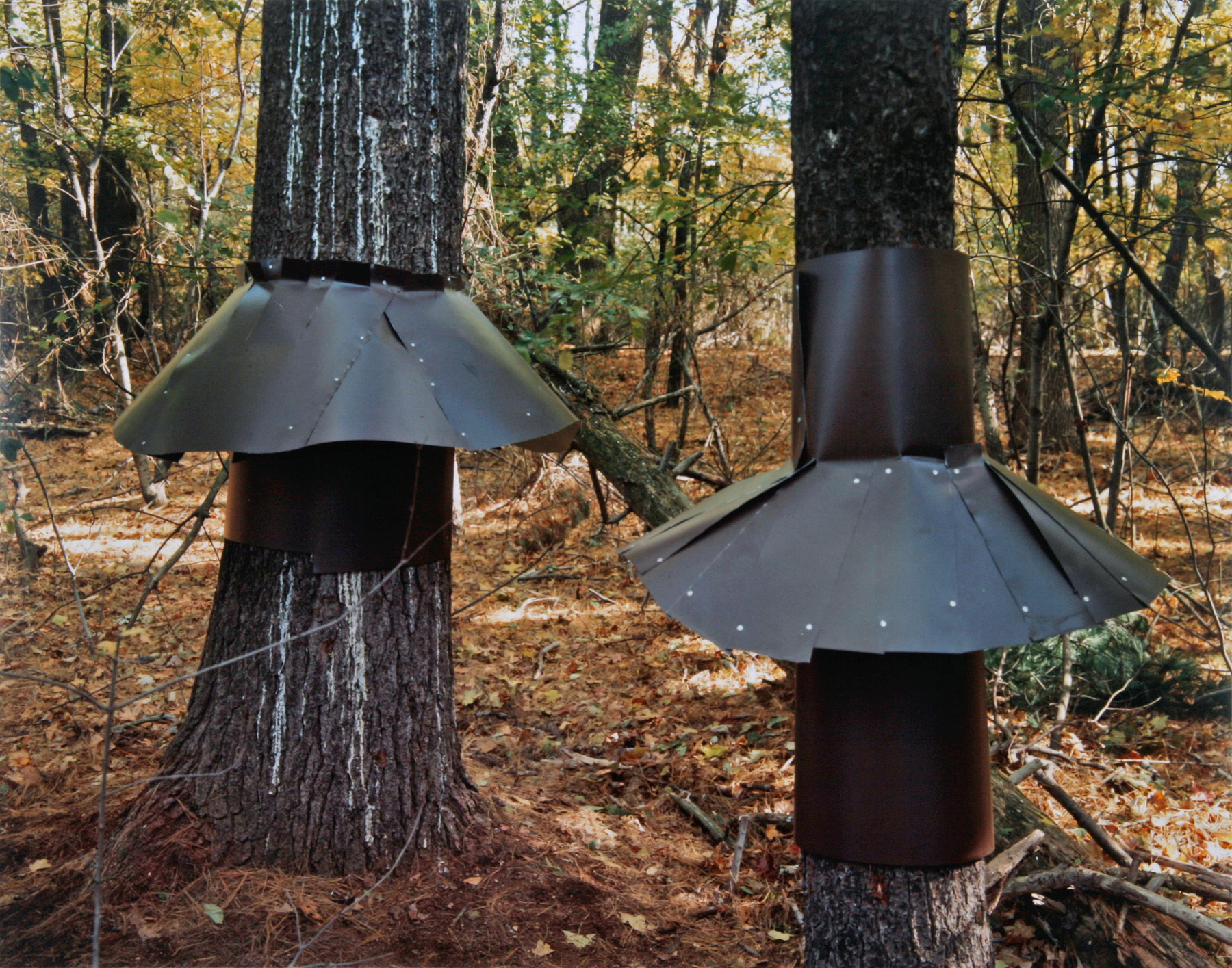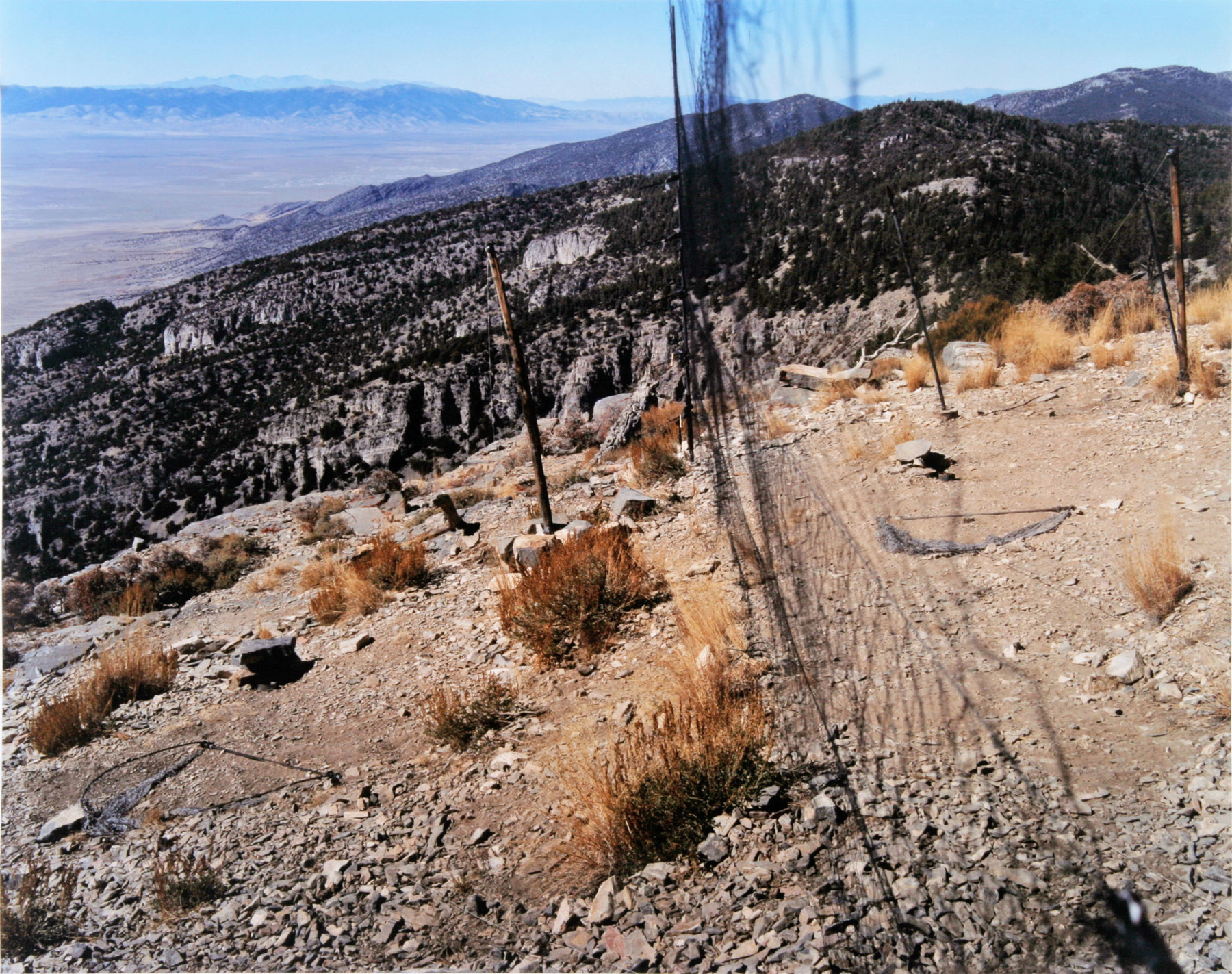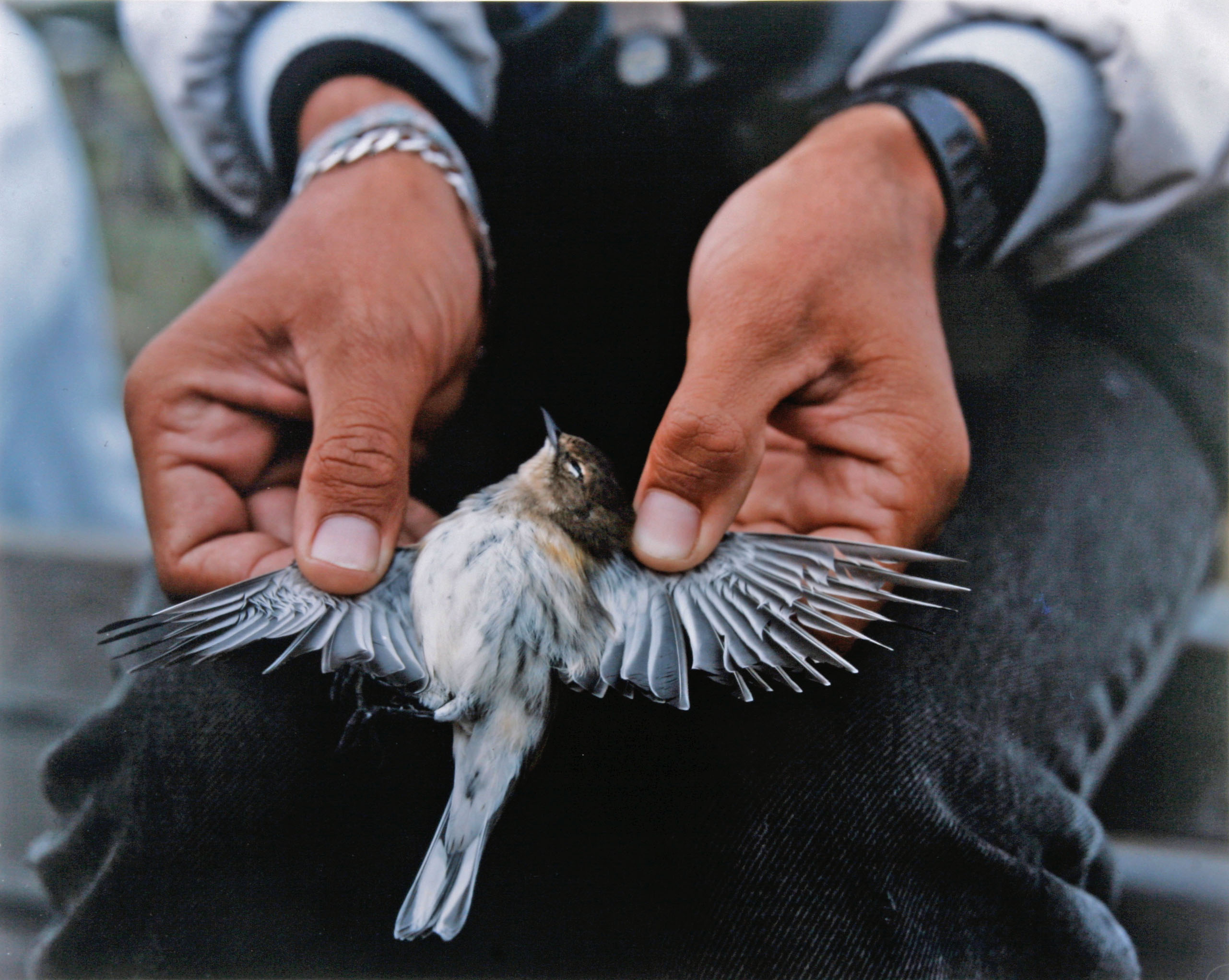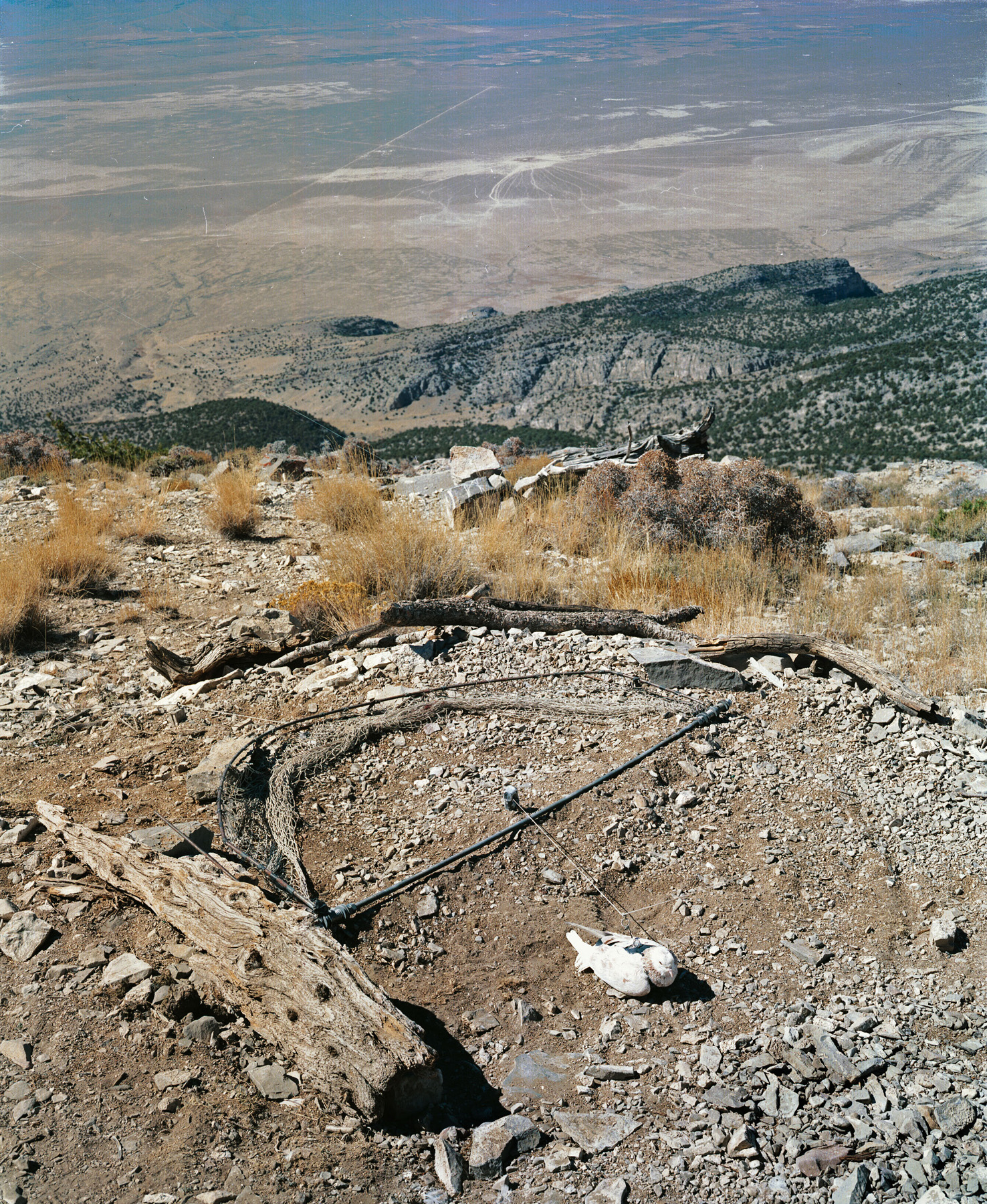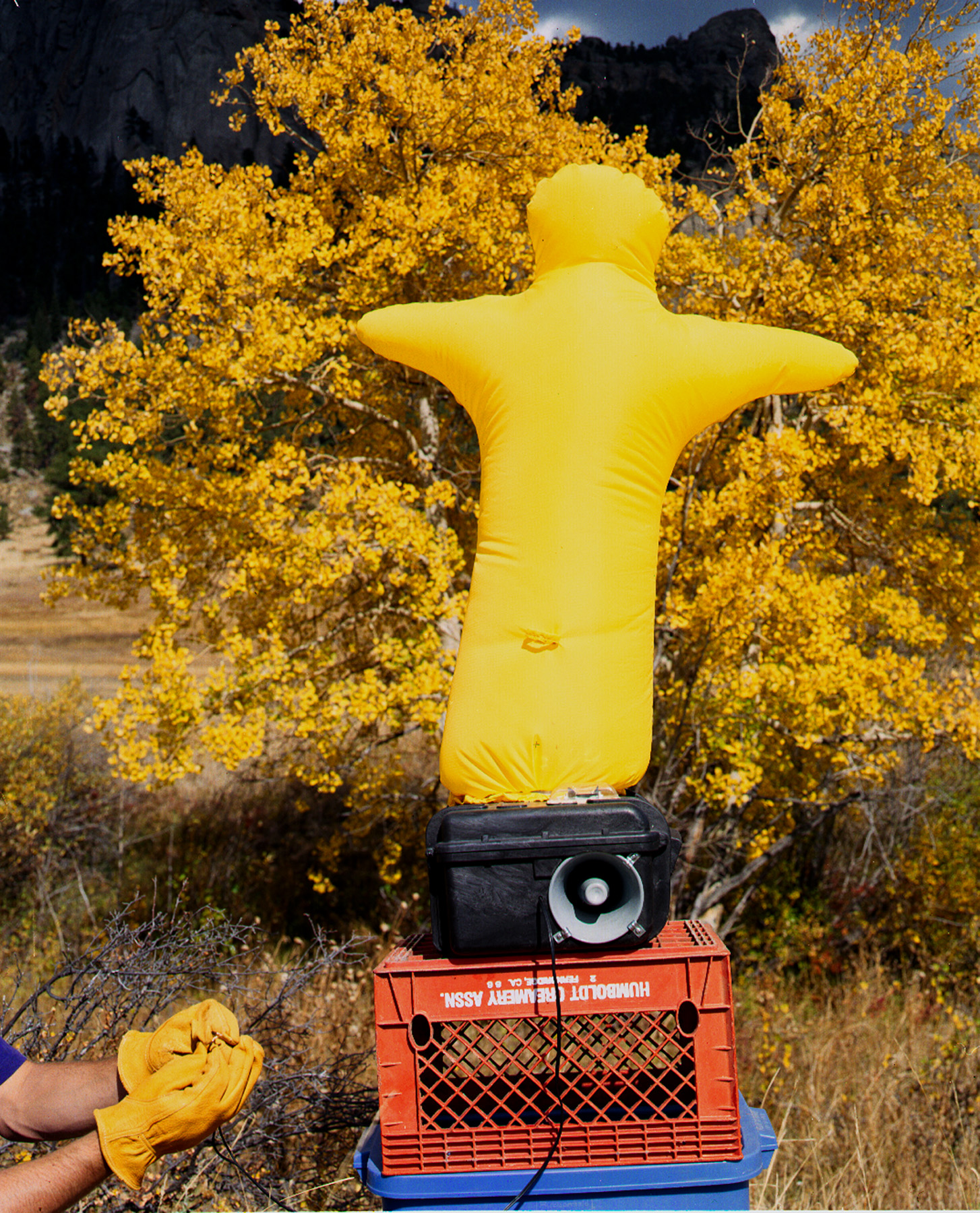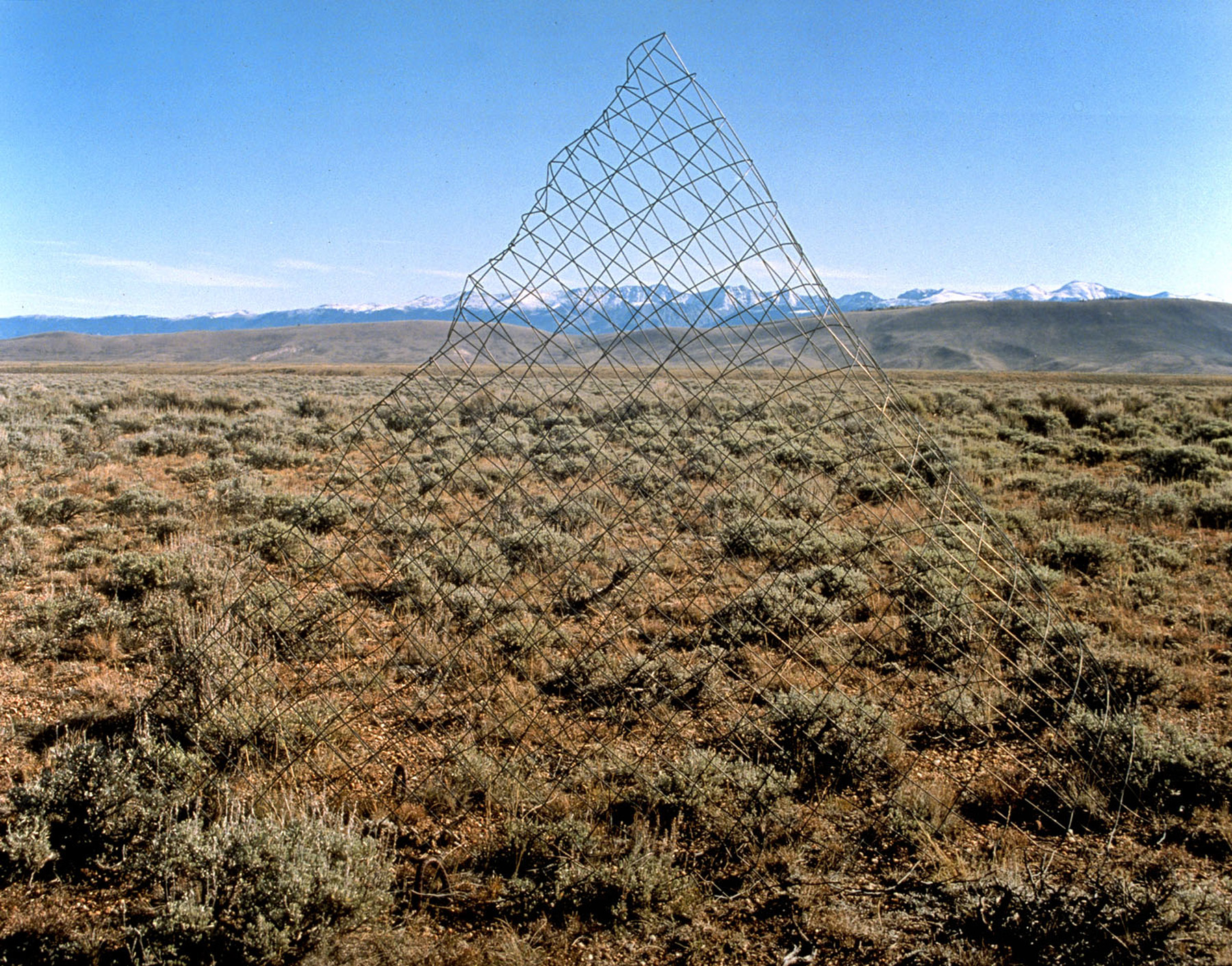To be a conservationist is to be an eternal optimist. Pessimism serves no purpose, not when you are trying to change the world. It is conceivable that human attitudes toward nature will be radically improved through education, or creative financial incentives, or (who can say?) an environmental catastrophe that may actually shake us so deeply that we alter our lifestyles. Despite the terrible odds against us, the primary work of conservationists—the fight to redefine the relationship of our own species to nature—must continue. We owe nothing less to animals that are living out their lives in cages, the refuges that were meant to be wild.
Jan De Blieu
Meant to Be Wild
